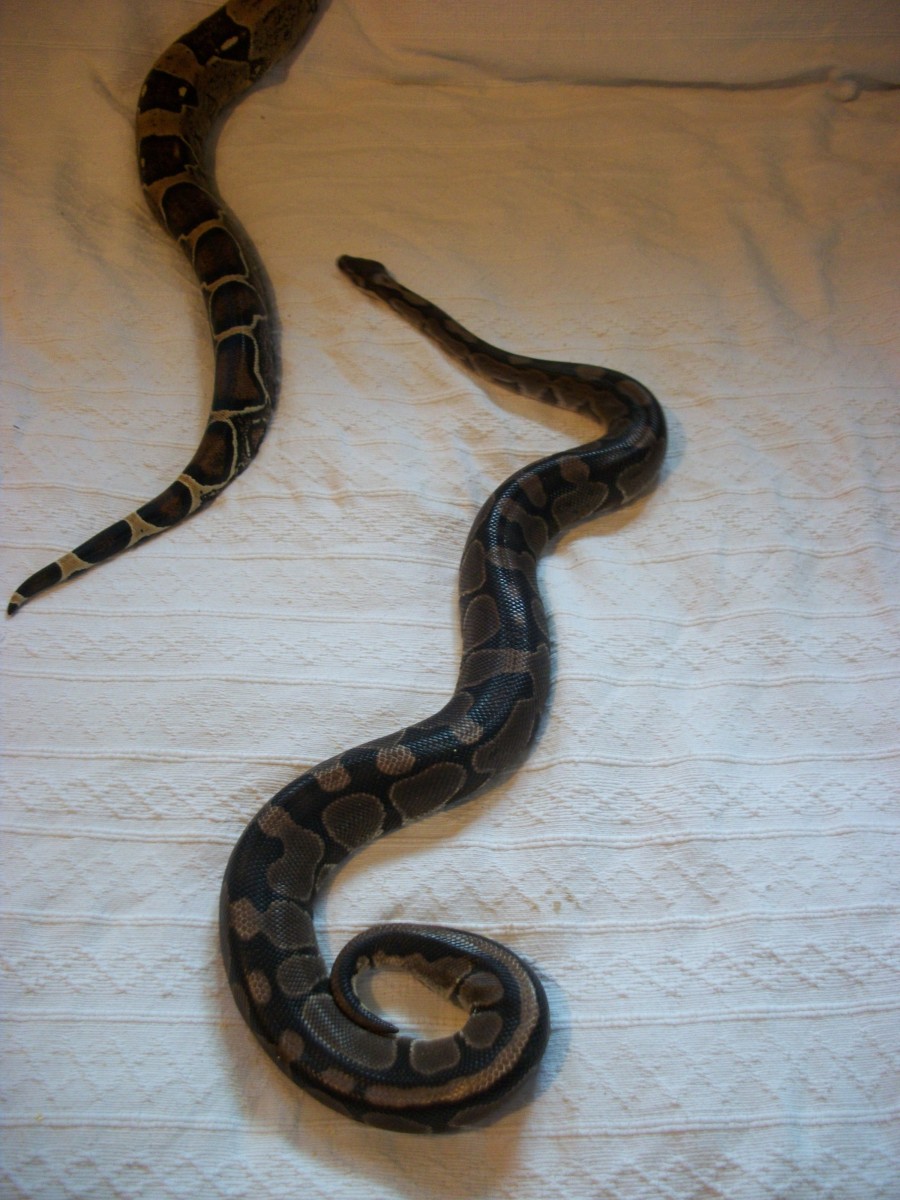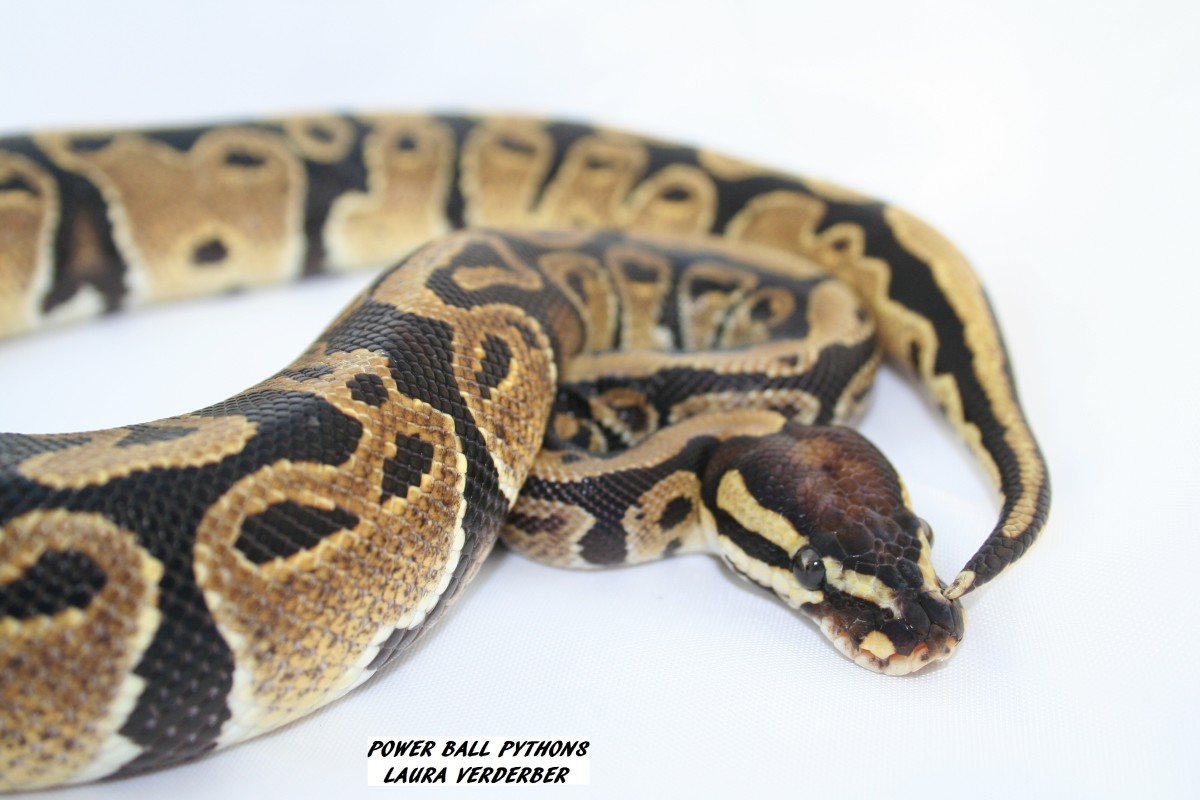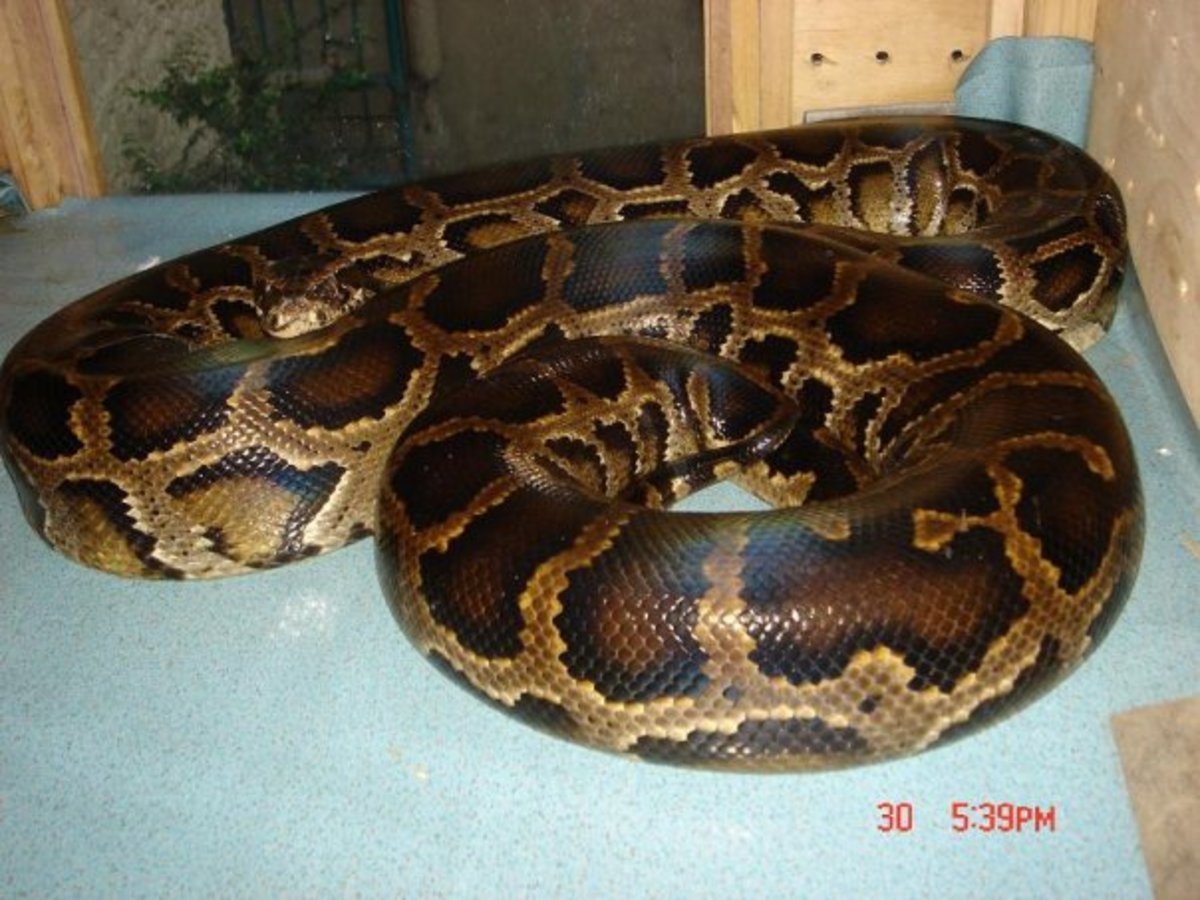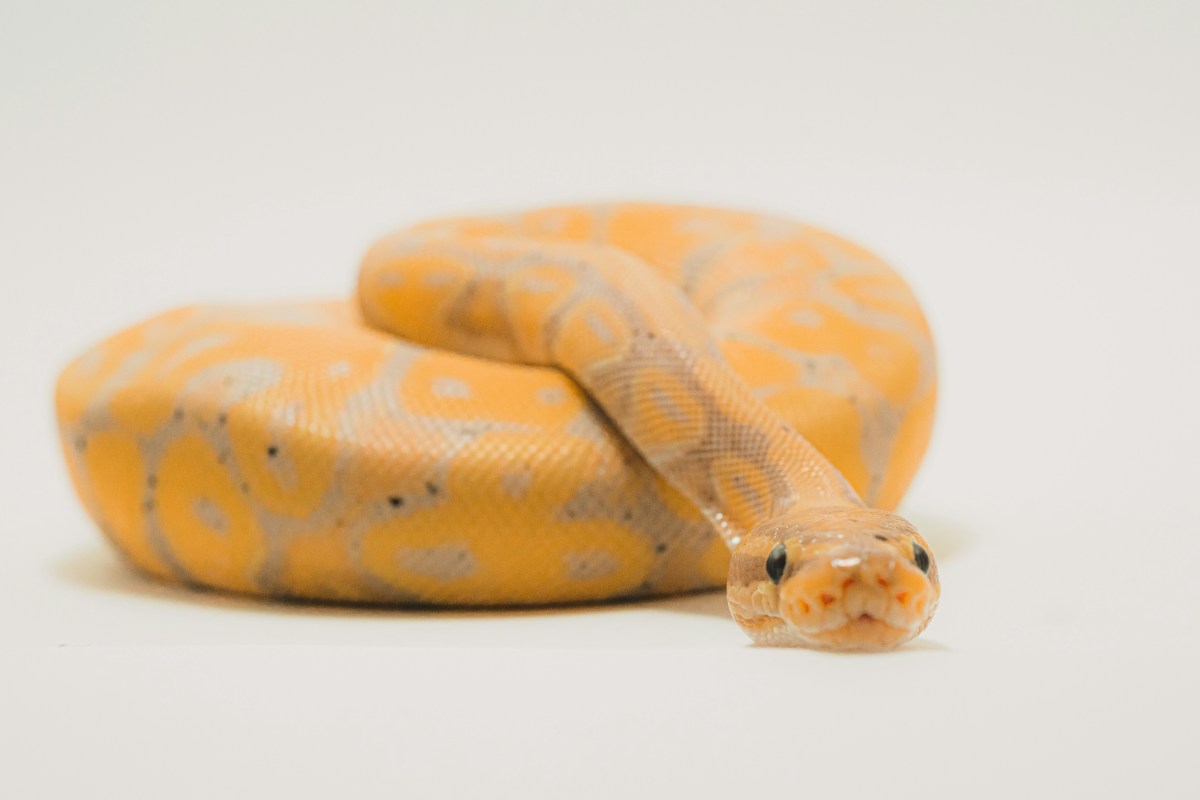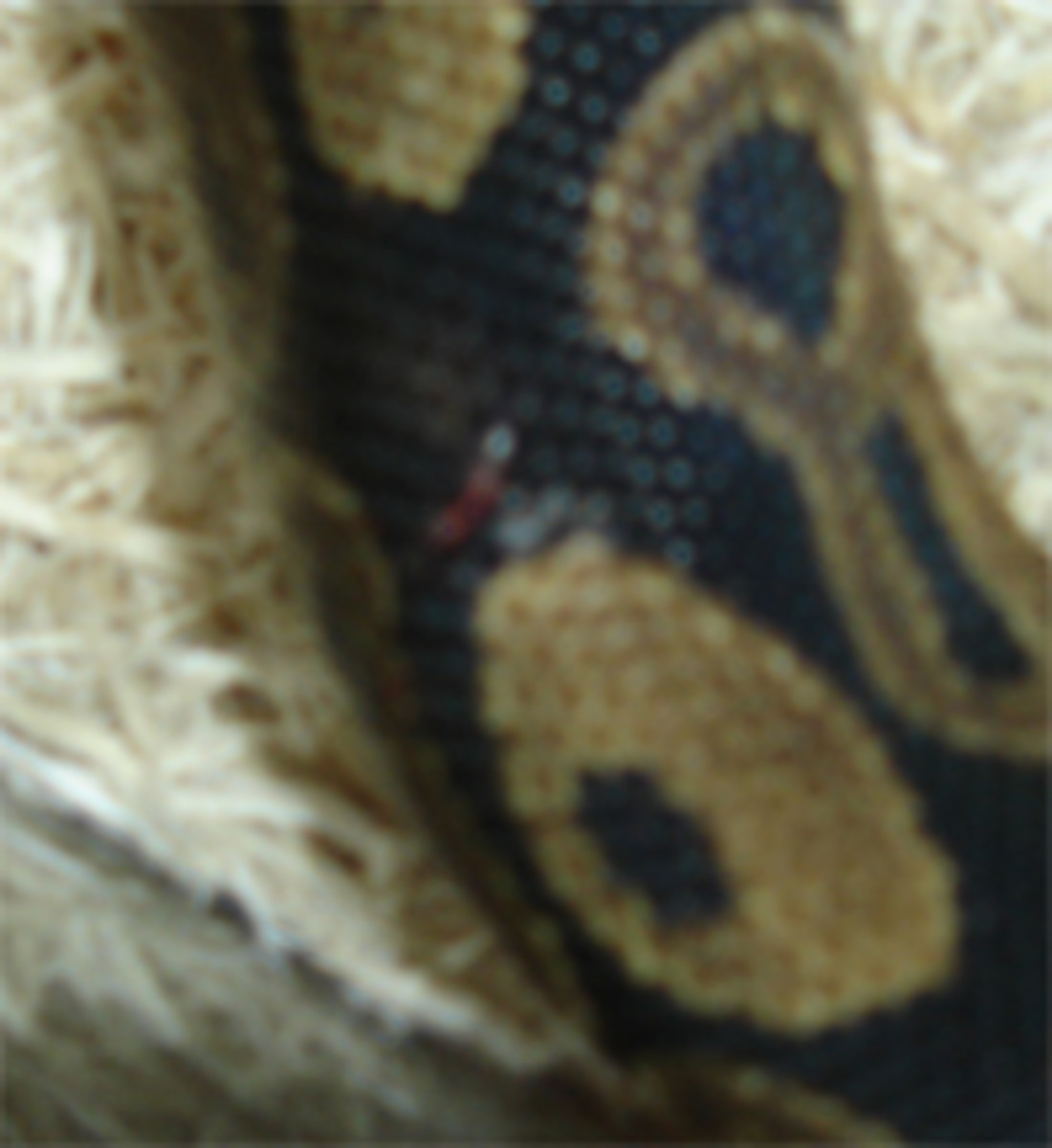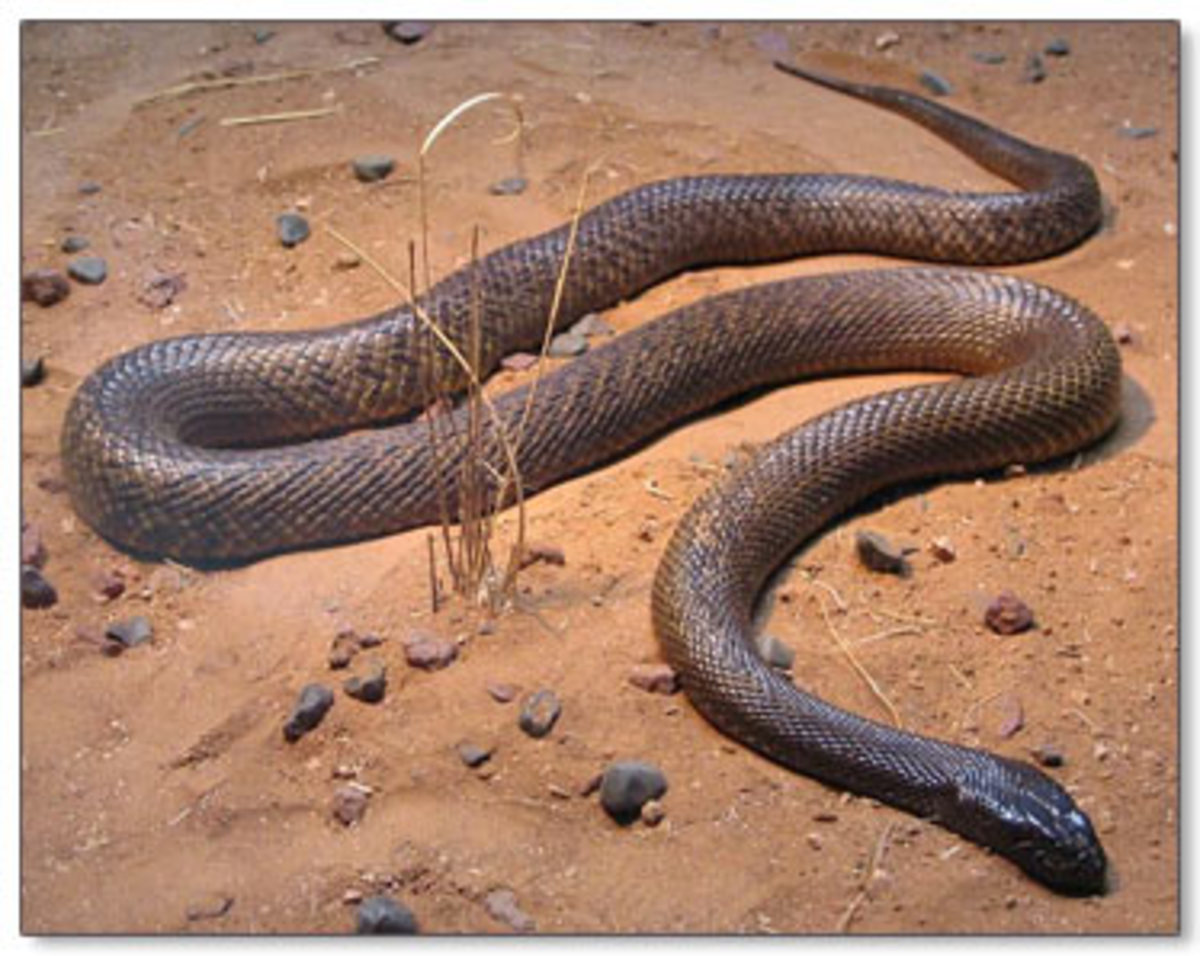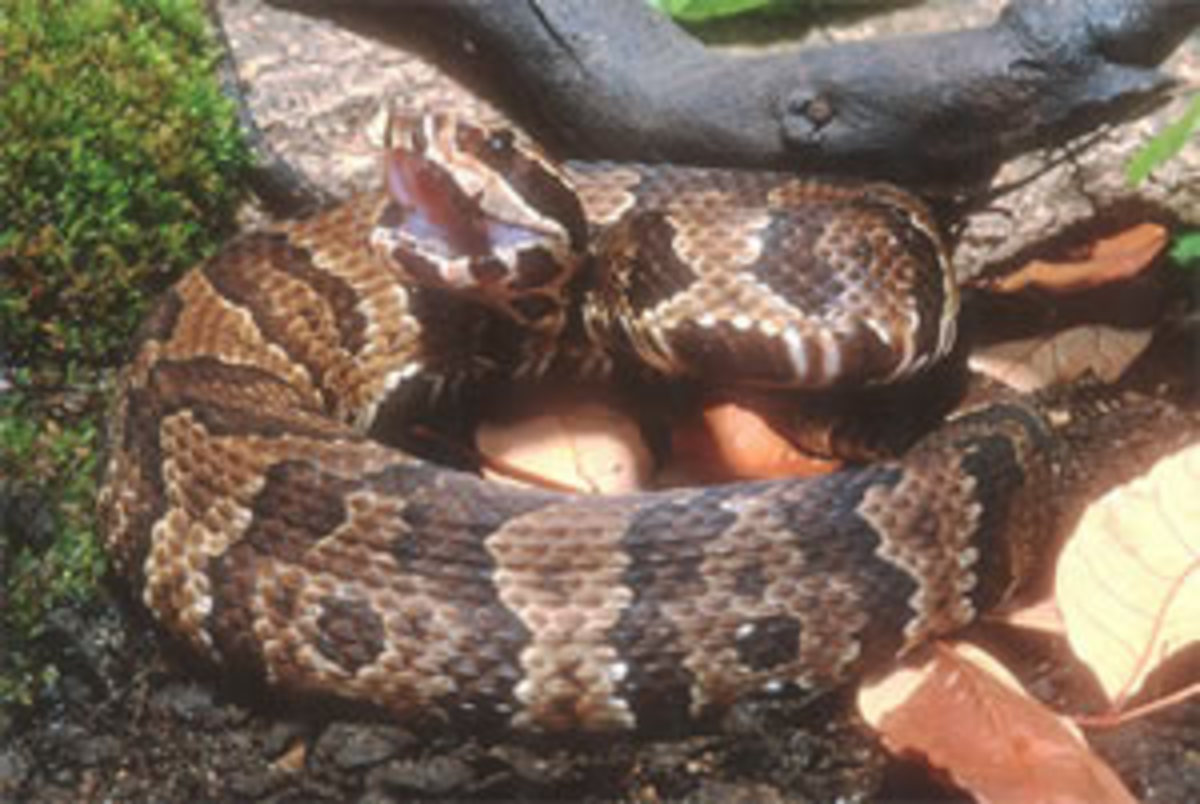A Guide to Ball Python Breeding
Breeding your ball python opens up an entire new world of experiences and challenges— from a successful breeding to the excitement of your first clutch of eggs and then on to seeing the noses of hatchlings poke up out of their eggs! It is always fun, every year, to watch new babies come out of their eggs and to marvel at their colors and patterns. I hope you will have as much fun hatching your own ball pythons as we have had.
Ball pythons
Before embarking upon your breeding trials, you will first need to determine the sex of your ball pythons. Ball pythons, unlike some other bos and pythons, cannot be accurately sexed based on their spur females have cloacal spurs, and they can be very long and thin or regardless of the sex of the ball python. These spurs are found on either e cloaca or vent. Spurs do wear down males and can even come off due to excess of retained shed skin built up around the base of the spur. Spurs can also be lost due to vigorous spurring of the female.
Adult ball pythons are generally sexed by probing. A steel probe is inserted into the base of the tail. Male ball pythons will probe, on average, to a depth of eight to ten subcaudal
The most accurate way to sex ball scales (the scales on the underside of the tail posterior to the cloaca).
Females, on average, will probe to a depth of four subcaudal scales. Please remember that this is a general guideline—some specimens will not probe to the depths indicated. Some females have probed to a depth of seven subcaudal scales and some males have probed out at four.
If you have purchased snakes of unknown sex, your local veterinarian should be able to sex your snakes for you. Most breeders will sell you snakes that have already been properly identified as male or female.
Hatchling ball pythons are commonly sexed by manually everting the hemipenes; this procedure is referred to as "popping." It involves putting gentle pressure on the tail just behind the cloaca and watching to see if hemipenes pop out. Only experienced people should try this because it is easy to injure snakes when everting their hemipenes.
Conditioning
Once the gender of your snakes has been determined, you will need to condition them for breeding. First-time breeding males do best when they weigh around 700 grams or about 1.5 pounds. It may take a male a year and a half to reach this size. First-time females should weigh 1,500 grams or about 3 pounds. It may take a female three years to reach this size. As females and males mature, they will naturally get longer. Longer females will need to weigh more than 1,500 grams to produce good fertile clutches. There is a definite length-to-weight ratio for female ball pythons. A female that is 4 feet (3.5 meters) long must weigh more than 1,500 grams to produce a viable clutch of eggs. She will more than likely need to weigh closer to 2,200 grams or about 4.5 pounds. The ability of any given female to successfully produce viable eggs is directly linked to the amount of fat she has stored. Too much or too little fat inhibits the ability of the follicles to properly develop.
Once your snakes are the appropriate size and age, you can begin to consider breeding them. In captivity, ball pythons are considered nonseasonal breeders. This means that they can be bred during any time of the year. However, most breeders tend to breed their ball pythons during the winter, when day lengths are shorter and the ambient air temperatures are cooler. Do not place your ball pythons in hibernation, as this process will kill them. They only require a slight cooling during the breeding season. It is best to cool your ball pythons for about a month prior to introducing them to each other. During this time, the ambient air temperature during the day can be in the mid 70s (about 23°C to 25°C) and drop down to the low 70s to high 60s (about 20°C to 22.5°C) at night. The snakes will still need a hot spot during this time. Daytime highs at the hot spot can be 90°F (32.2°C), with nighttime lows of 80°F (26.7°C).
Watch your snakes' behavior. If they are always on the cool side of the cage, turn down the heat a little. How your snakes behave will give you important clues as to how to develop an effective breeding program. Breeding season can begin as early as September and go through May. Normally, ball pythons are bred in October through March in the northern hemisphere. For the southern hemisphere, the breeding season corresponds to the months of May through October.
- A Look at Ball Pythons
Ball pythons are fairly short, heavy-bodied snakes. Their average length is between 4 and 5 feet (1.2 and 1.5 m). They are muscular, with a well-defined, slender neck. The head is narrow at the nose and...

